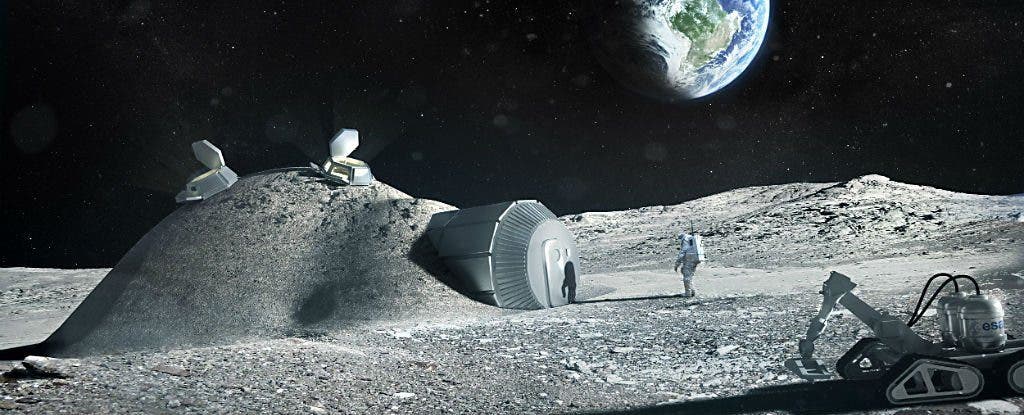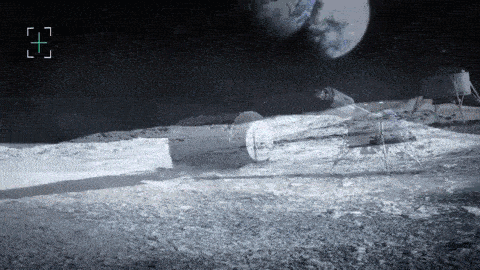“My intention is to build up a permanent base station on the Moon,” Jan Wörner, Director General of the European Space Agency (ESA), said without hesitation in a recent interview with Euronews. “Meaning that it’s an open station, for different member states, for different states around the globe.”
A moon village sounds dramatically ambitious, and it’s something most engineers wouldn’t have even dreamed as possible until a few years ago. Mankind has never had a settlement on the Moon, and this lunar village, if it ever comes to fruition, could be a huge leap forwards for space exploration.
Wörner isn’t alone in this endeavor – he has plenty of support from within ESA, especially from astronauts. Denmark’s Andreas Mogensen, who flew to the ISS in 2015 stressed that we’ve slowed down our space exploration since the 60s and 70s.
“We did this in the 1960s within a decade, and today in terms of technology development we’re much, much further ahead. Of course we can do it again,” Mogensen says.
This wouldn’t only be a European project, but like the International Space Station, would involve international space agencies.
“So it will be the Americans, it will be the Russians, it will be the Chinese, it will be the Indians, the Japanese, and even more countries with smaller contributions,” says Wörner.
Building a village on the Moon
The idea isn’t to merely build “some small houses over there,” nor is it to develop a fully scientific center. He wants to create a moon village with “multiple uses and multiple users.” In other words, some users may be conducting observations or carrying on scientific experiments, while others may be using it for industrial applications, such as mining. Thanks to moon’s low gravity and airlessness, this base could also be a staging point for missions deeper into the solar system, including sending humans to Mars.
“The ESA space-exploration strategy sets the Moon as a priority destination for humans on the way to Mars,” NASA’s Kathy Laurini said in an interview. “The timing is right to get started on the capabilities which allow Europe to meet its exploration objectives and ensure it remains a strong partner as humans begin to explore the Solar System.”
For now, a detailed project hasn’t been presented so we don’t know how the ESA plans to overcome some of the biggest obstacles – solar and cosmic radiation, micro-meteorites and extreme temperatures – but the likeliest possibility seems to be using the lunar soil itself to create a protective barrier. The structures themselves would almost certainly have to be 3D printed. An Irish researcher at the ESA, Aidan Cowley, is working on ways to build domes capable of sheltering moon dwellers from extreme temperatures and space debris.
“One of the ideas we had is could you potentially use this material to 3D print a habitat structure or a building element on the Moon, and we think you can,” he says. “Our concept is that a rover would land on the surface of the Moon. It would inflate this inflatable dome or bladder-like system, and then around that the rovers would begin to construct a dome that would provide the protection for the astronauts inside the dome.”
This project would also require massive funding, as even reaching the ISS costs tens of millions of dollars per launch. However, the money wouldn’t have to come all at once.
“The advantage of the idea of Moon village is that we don’t need a big amount of funding at the beginning. That means we can start with a small landing mission, which many countries are already planning, up to a huge investment for instance for some telescopes, a radio telescope on the far side of the moon. So it’s multiple uses, by multiple users, but a single place.”
To me, this seems like a logical successor for the ISS. Having a permanent settlement in outer space – even more, on the Moon – will be a big boost to space exploration. Even if it takes years, I hope we get to see this happen.












